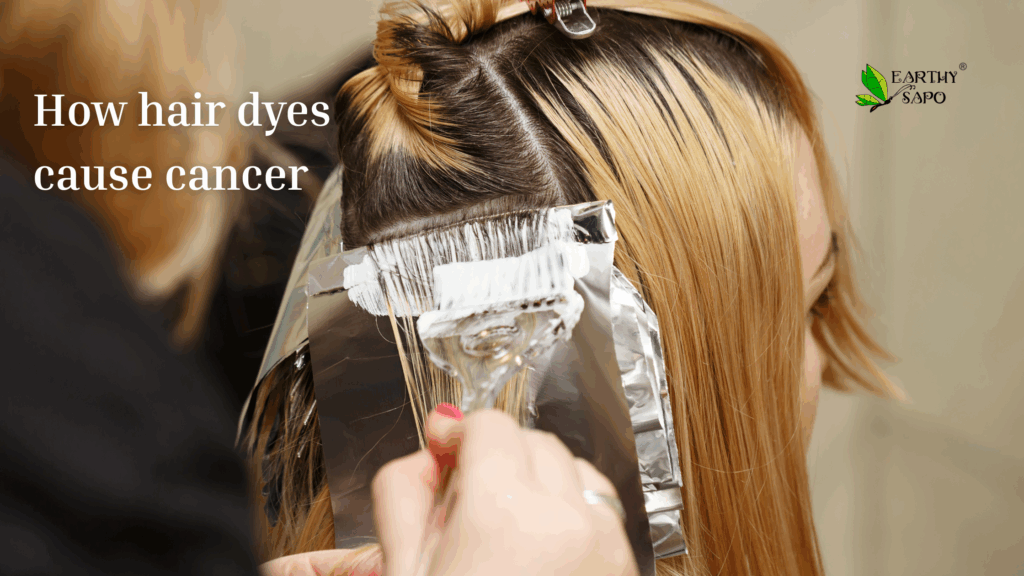Health & Wellness, Personal Care
How Hair Dyes Cause Cancer
Lustrous locks are often coveted, and hair dye is a popular tool for achieving the perfect shade for many. However, there has been growing concern about the risk of hair dye cancer risk. As we strive to enhance our physical appearance, we must also be aware of the potential risks of certain cosmetic products. The hair dye industry has been under scrutiny in recent years due to the presence of chemicals that could increase the risk of developing cancer.
While hair dye has been a go-to beauty product for decades, it is essential to be aware of the potential hazards associated with its use. In this brief, we will explore the latest findings and research surrounding the link between hair dye cancer risk and discuss what you need to know to make informed decisions about your beauty routine.
How Do Hair Dyes Penetrate the Hair Shaft, and What Chemicals Are Involved in This Process?
Hair dyes penetrate the hair shaft and deposit pigments that alter the hair’s natural colour. This process involves several chemicals, including ammonia, hydrogen peroxide, and para-phenylenediamine PPD.
Ammonia is used to open up the cuticle layer of the hair, which is the outermost layer that protects the hair shaft. Once the cuticle layer is opened, the dye can penetrate more deeply into the hair shaft. However, it is important to understand the ammonia in hair dye side effects, which include scalp irritation, dryness, and potential long-term health risks.
Hydrogen peroxide bleaches the hair and removes any natural colour pigments. This makes it easier for the dye to deposit its pigments and achieve the desired colour.
PPD is a common ingredient in many hair dyes and is responsible for the final colour result. It reacts with hydrogen peroxide to form a larger pigment molecule that becomes trapped within the hair shaft.
Other chemicals that may be present in hair dyes include resorcinol, ammonia substitutes, and fragrance. It is important to note that some of these chemicals have been linked to health concerns, including cancer. Therefore, it is crucial to use safe hair dye products and follow recommended safety guidelines.
What Alternative Options Are Available for People Who Want to Colour Their Hair Without the Consequences?
If you’re concerned about the potential health risks associated with traditional hair dyes, non toxic hair dyes and non chemical hair color alternatives are available for colouring your hair. Here are a few options to consider:
Henna:
Henna is a natural hair dye no chemicals solution that can be used to colour hair. It comes in various shades and can be mixed with other natural ingredients to create custom colours.
Vegetable-based Dyes:
Several natural hair dye no chemicals options are made from vegetable-based ingredients. These dyes are free from harsh chemicals and are considered safe hair dye alternatives.
Hair Extensions:
If you’re not ready to commit to colouring your hair, hair extensions can be a great way to add colour without the potential risks associated with chemical dyes.
Semi-permanent Dyes:
These dyes do not penetrate the hair shaft as deeply as permanent dyes and typically last only a few weeks. Many ammonia free hair dye colors fall into this category, making them ideal for those experimenting with different colours while choosing non toxic hair dyes.
By exploring safe hair dye alternatives and being mindful of hair dye cancer risk, you can make informed beauty decisions that support both your health and personal style. Choosing non chemical hair color or natural hair dye no chemicals is a step toward a healthier and safer haircare routine.

